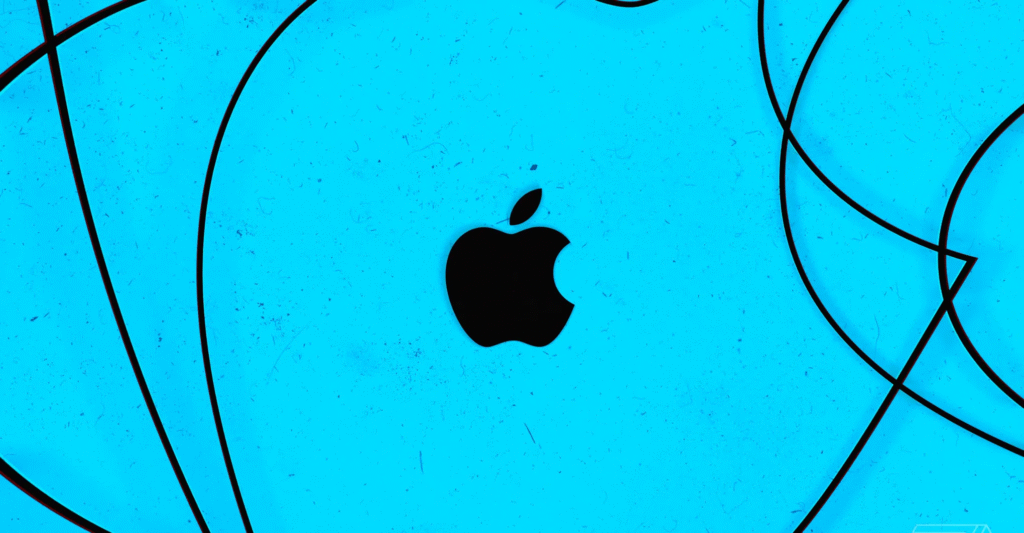Apple CEO Tim Cook has sent a clear message to his employees — Apple is all-in on AI, and the company must win this race.
A New Era: Apple’s Focus Shifts Toward AI
During an hourlong all-hands meeting, Tim Cook told Apple employees that the company needs to lead in the field of Artificial Intelligence.
This message echoed Cook’s earlier comments to investors, where he promised a significant increase in AI investment. The emphasis is clear: AI is now a top priority for Apple’s future.
“Apple must do this. Apple will do this. This is sort of ours to grab,” Cook reportedly said.
Apple Admits Delay, But Sees Opportunity
Apple has already launched various AI-powered features under its Apple Intelligence suite. However, key products like Siri’s next-gen upgrade have been delayed, falling behind rivals like Google and OpenAI.
Cook didn’t shy away from this.
He acknowledged Apple’s slower start, but reminded employees that Apple often enters markets late and still wins.
“We’ve rarely been first,” Cook noted. “There was a PC before the Mac; a smartphone before the iPhone; many tablets before the iPad.”
In each case, Apple redefined the product — turning it into a market leader.
Why Apple’s AI Ambitions Matter Now

Apple isn’t just investing in AI for innovation’s sake. It’s playing catch-up — and aiming to leap ahead.
Here’s why Apple’s AI push matters:
- Competitive pressure: Rivals like Google, Microsoft, and Meta are rapidly advancing their AI platforms.
- Consumer expectations: Users now expect smart, intuitive AI across devices — including phones, laptops, and wearables.
- Siri’s overhaul: A smarter Siri is long overdue and is critical to Apple’s ecosystem strategy.
Apple’s AI Roadmap: What’s Coming Next?
Though specific product details are still under wraps, Apple’s recent WWDC hinted at deep AI integrations across iOS, macOS, and more.
Here’s what’s rumored or expected:
- Smarter Siri with better context awareness and conversational memory
- Generative AI features in native apps like Mail, Notes, and Safari
- On-device intelligence focused on privacy and speed
- Partnerships with models like ChatGPT for hybrid processing (local + cloud)
Apple is betting on its ability to blend AI with design, privacy, and usability — areas where it already excels.
Key Takeaways
- Apple CEO Tim Cook told staff that the company “must win” in AI.
- The company plans to significantly increase investment in AI technologies.
- Cook acknowledged delays and competition but highlighted Apple’s history of redefining products.

- Future AI features are expected to improve Siri, apps, and device intelligence.
- Apple aims to lead not just in innovation, but in user-friendly AI experiences.
Final Thoughts: Apple’s AI Challenge
Apple has built a reputation on getting things right — even if it takes time. Now, it faces one of its biggest challenges yet: keeping pace in a fast-moving AI race.
Cook’s message to employees wasn’t just motivational. It was a call to action.
If history is any guide, Apple may not be first — but it still plans to be the best.
